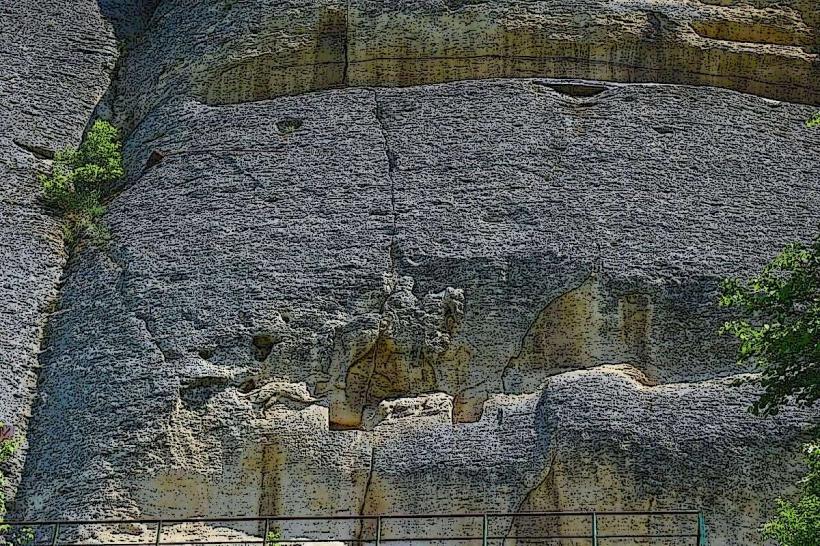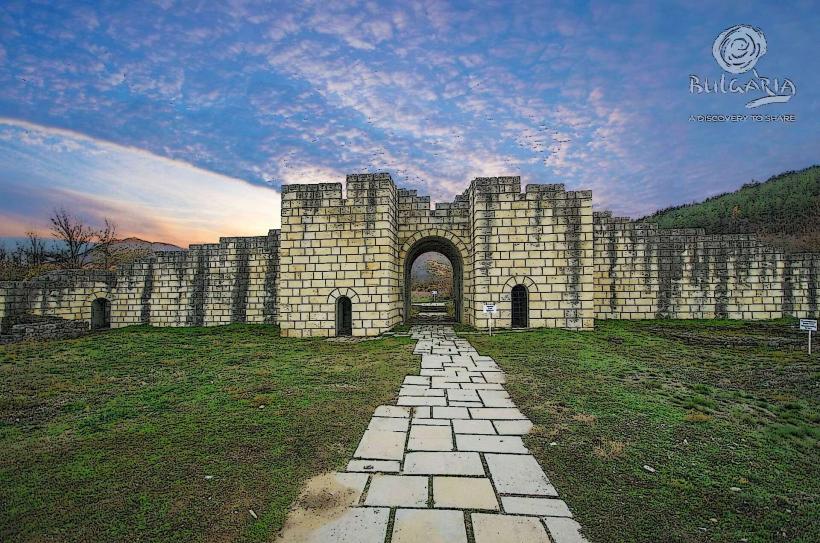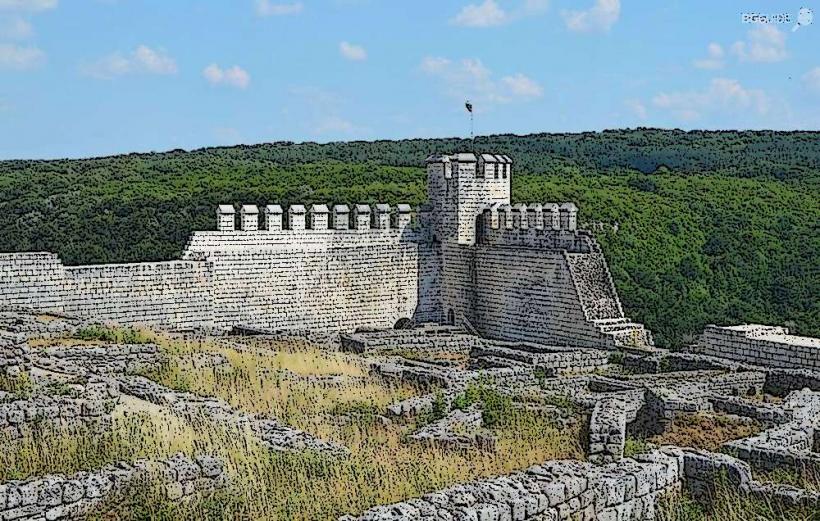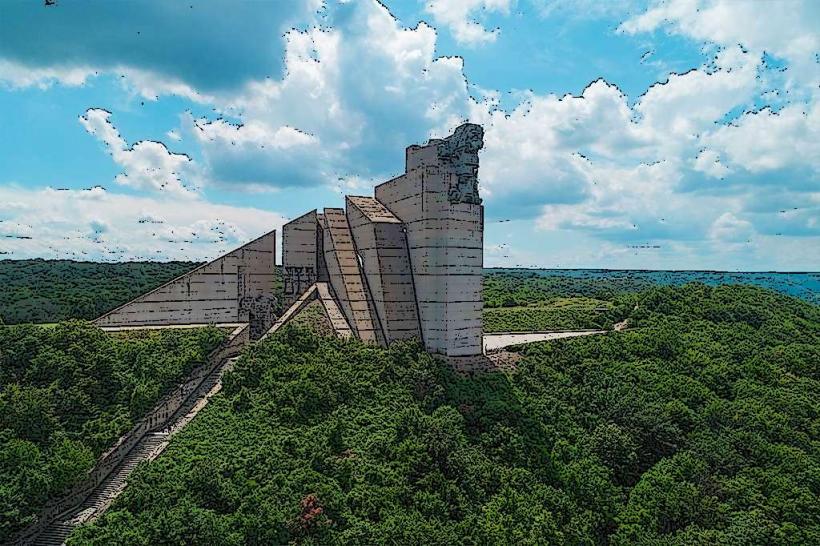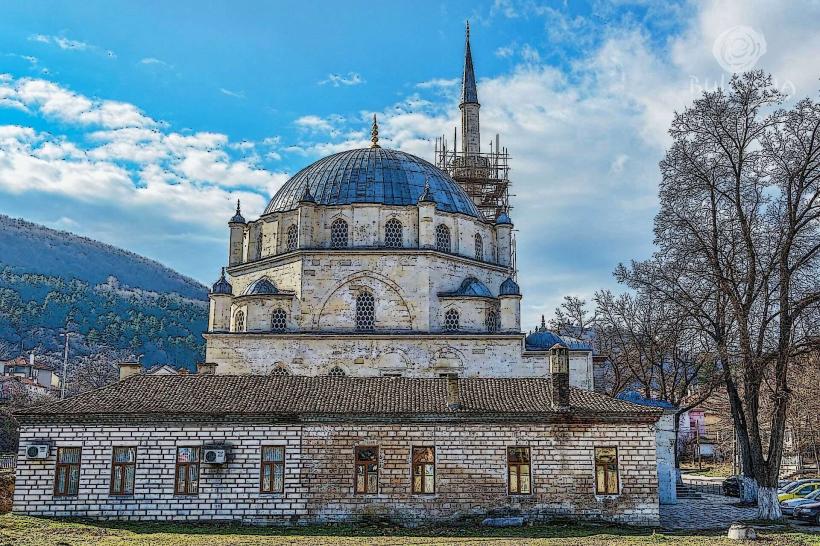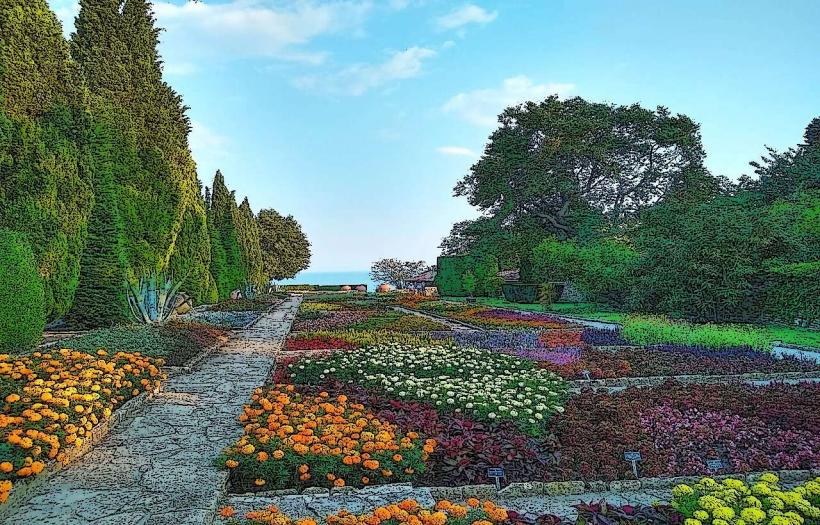Information
Landmark: PliskaCity: Shumen
Country: Bulgaria
Continent: Europe
Pliska, Shumen, Bulgaria, Europe
Overview
Pliska ranks among Bulgaria’s most vital historic sites-it was the First Bulgarian Empire’s capital from 681 to 893 AD, where stone walls once stretched for miles under the open sky, also in northeastern Bulgaria, just outside the modern town of Pliska, this archaeological site reveals rare glimpses of early Bulgarian statehood and the texture of medieval life-stone walls still warm from the afternoon sun.Founded in 681 AD by the Bulgar Khan Asparuh, Pliska rose as the heart of the modern Bulgarian state-its political nerve center, cultural hub, and military stronghold, therefore for more than two centuries, the city thrived, its stone streets alive with merchants’ calls and the mingling of Slavic, Bulgar, and Byzantine traditions.Under Khan Boris I, it became pivotal in Bulgaria’s Christianization in 864 AD, in conjunction with but in 893 AD, when the capital shifted to Preslav, Pliska began its unhurried fade into history.Even so, Pliska thrived for many years, its sprawling outer city wrapped in massive stone walls that formed an oval fortress covering about 23 square kilometers-one of the largest of its kind in medieval Europe, on top of that inside, archaeologists have uncovered the faint outlines of homes, busy workshops, and sturdy defensive towers.A smaller inner wall guarded the heart of the city, where the Khan’s Palace rose alongside ceremonial and government halls, on top of that the Great Basilica, built under Boris I after Bulgaria’s Christianization, stood as one of medieval Europe’s largest churches, its vast stone floor echoing with the sound of footsteps.Ingenious aqueducts and bathhouses spoke of Byzantine influence and a city attuned to comfort and engineering skill, as a result pliska bridged pagan roots and Christian faith, its mix of grand stone and humble timber telling a story of transition.Today, about 20 kilometers northeast of Shumen, visitors can explore the archaeological reserve, observe artifacts in the on-site museum, and combine the trip with nearby Veliki Preslav or the Madara Rider, after that excavations still peel back the earth, revealing contemporary details of the city that once shaped Bulgaria’s medieval identity.Restoration projects work to preserve its heritage and open it up for future generations, turning it into a must-visit spot where history buffs can run their hands along centuries-historic stone walls.
Author: Tourist Landmarks
Date: 2025-09-01

